Home>Furniture>Outdoor Furniture>What Is The Difference Between A Patio And A Balcony
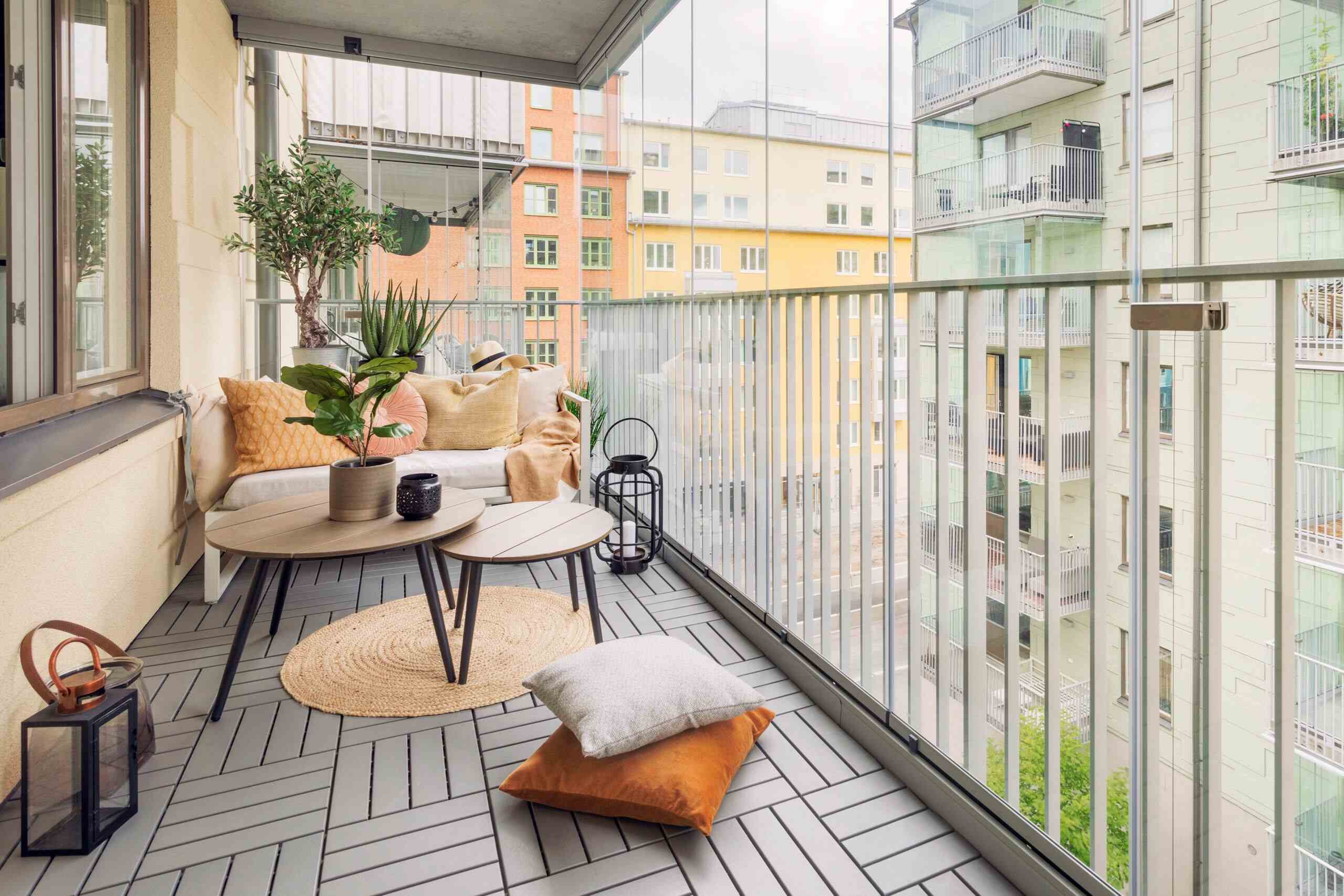

Outdoor Furniture
What Is The Difference Between A Patio And A Balcony
Modified: October 20, 2024
Looking to spruce up your outdoor space? Learn the key distinctions between patios and balconies and find the perfect outdoor furniture for your needs.
(Many of the links in this article redirect to a specific reviewed product. Your purchase of these products through affiliate links helps to generate commission for Storables.com, at no extra cost. Learn more)
Introduction
Outdoor spaces are a valuable extension of our homes, providing us with the opportunity to enjoy fresh air, nature, and relaxation. When it comes to outdoor living, two popular options are patios and balconies. While they may seem similar at first glance, there are distinct differences between the two that impact their design, functionality, and usage.
In this article, we will explore the difference between a patio and a balcony, focusing on their definitions, size and location differences, access and privacy considerations, design variations, as well as the pros and cons of each. By the end, you’ll have a better understanding of these outdoor areas and be able to choose the right option for your home.
Key Takeaways:
- Patios offer versatile, spacious outdoor areas with easy access and customization options, perfect for hosting gatherings and enhancing indoor-outdoor living. However, they may require more maintenance and offer less privacy.
- Balconies provide an elevated, private retreat with panoramic views and low maintenance, creating a cozy space for personal relaxation. They offer convenience in access from indoor areas but may have limitations in functionality and hosting larger gatherings.
Definition of a Patio
A patio is an outdoor area that is typically paved or paved and covered, connected to the main structure of a house. It is designed to create a comfortable and functional space for relaxation, dining, and entertainment.
Patios can vary in size and shape, ranging from small intimate areas to expansive outdoor living spaces. They are usually located at ground level, adjacent to the house, and can be accessed directly from indoor rooms or through a set of doors.
One of the defining characteristics of a patio is its solid flooring, which can be made of materials such as concrete, flagstone, brick, or pavers. This durable surface allows for furniture placement, grilling, and other outdoor activities.
Another important feature of a patio is its design versatility. Homeowners have the freedom to customize their patio with various elements, such as outdoor furniture, plants, lighting, and even a fireplace or fire pit. This flexibility makes it easy to create a unique outdoor retreat that reflects personal style and meets specific lifestyle needs.
Patios are great for hosting gatherings, barbecues, or simply enjoying peaceful moments outdoors. They offer a seamless transition between indoor and outdoor living and provide a convenient space for relaxation and entertainment.
Overall, a patio offers the opportunity to extend your living space into the outdoors and enhance your home’s value and functionality.
Definition of a Balcony
A balcony is an elevated platform or platform-like structure that protrudes from the side of a building, typically on upper levels. It is an outdoor space that offers a bird’s eye view of the surroundings.
Unlike a patio, which is connected to the ground level, a balcony is situated above the ground, providing a unique vantage point. Balconies are often made of concrete, wood, or metal and are enclosed by a railing or balustrade for safety.
While the size of a balcony may vary, it is usually smaller than a patio, providing enough space for one or a few people to stand or sit. Some balconies may be more spacious, allowing for the placement of a small table and chairs or even a lounge chair.
One of the distinctive features of a balcony is its vertical connection to the building, allowing for easy and direct access from the indoor living areas. Balconies are typically accessed through sliding glass doors or French doors, creating a seamless indoor-outdoor transition.
Balconies offer a more intimate and private outdoor space compared to patios. Their elevated position provides a sense of privacy while still allowing occupants to enjoy the view and breeze. They are perfect for enjoying a cup of coffee in the morning, reading a book in the afternoon, or stargazing at night.
In terms of design, balconies can be adorned with potted plants, small outdoor decor, and even a compact grill for those who enjoy outdoor cooking. Their vertical nature also allows for hanging plants and vertical gardens, maximizing the use of space.
Overall, a balcony provides a cozy and elevated retreat, offering a unique perspective of the surrounding environment. It adds charm and character to a building, making it an appealing feature for homeowners.
Size and Location Differences
One of the major differences between a patio and a balcony lies in their size and location.
A patio is typically located on the ground level, adjacent to the main structure of the house. It can be designed to span a wide area, depending on the available space and personal preferences. Patios can be small and intimate, just enough to accommodate a few chairs and a table, or they can be spacious outdoor living spaces with multiple seating areas, dining spaces, and even outdoor kitchens and fireplaces.
On the other hand, a balcony is situated on an elevated level and is usually smaller in size compared to a patio. Balconies are commonly found on upper floors of buildings, offering a different perspective and a sense of height. While they may not provide as much space as a patio, balconies can still be designed to accommodate seating and small tables, creating a cozy and intimate outdoor space.
Another difference in size and location between patios and balconies is the connection to the indoor living areas. Patios are directly connected to indoor rooms, allowing for a seamless transition between indoor and outdoor spaces. Balconies, on the other hand, are accessed through doors or windows from indoor living areas, providing a convenient outdoor extension to upper-level spaces.
Ultimately, the size and location differences between patios and balconies offer homeowners various options to choose from based on their available space, preferences, and desired outdoor experience.
Access and Privacy
Access and privacy are important considerations when it comes to the difference between patios and balconies.
Patios, being located on the ground level and directly connected to indoor rooms, provide easy and convenient access. You can simply step out of your house and onto the patio without any barriers or stairs to navigate. This accessibility makes patios ideal for hosting gatherings, entertaining guests, and for families with children or pets.
However, when it comes to privacy, patios might be more exposed to the outside world. Depending on the location and surrounding environment, patios may be visible to neighbors or passersby. While using plants, screens, or fences can help create a sense of privacy, it may not be as secluded as a balcony.
On the other hand, balconies offer a certain degree of privacy due to their elevated location. Being positioned on upper levels of buildings, balconies provide a sense of detachment from the immediate surroundings. This makes them an ideal space for quiet relaxation and personal retreat. Balconies also offer the advantage of a heightened view, allowing you to enjoy a picturesque landscape or cityscape.
It’s important to consider that the level of privacy in a balcony can vary depending on factors such as the building’s location, neighboring buildings, and the height of the balcony. Additionally, balconies may have railings or balustrades that may affect the line of sight and privacy.
Ultimately, both patios and balconies offer their own access and privacy advantages. The choice between the two will depend on personal preferences, the desired level of privacy, and the specific layout and location of your home.
Design and Usage Variations
When it comes to design and usage, patios and balconies offer different possibilities and variations.
Patios are often seen as versatile outdoor spaces that can be customized to suit various styles and purposes. With a solid flooring, such as concrete or pavers, patios can accommodate different types of outdoor furniture, from dining sets to lounge chairs and hammocks. They can be designed as cozy corners for relaxation, vibrant entertainment areas, or even as extensions of a kitchen or living room.
Since patios are situated at ground level and are connected to the main house, they can be incorporated into the overall architectural design of the home. This allows for a seamless flow between indoor and outdoor spaces, creating a cohesive and integrated living experience.
On the other hand, due to their smaller size and elevated location, balconies offer a more intimate and focused outdoor space. The design of a balcony may prioritize functionality and efficiency, utilizing small-scale furniture and compact accessories. Balconies can be adorned with potted plants, hanging baskets, and decorative lighting to create a cozy and inviting atmosphere.
In terms of usage, patios are often used for hosting gatherings and entertaining guests. They provide ample space for dining, barbecuing, and socializing. Patios can also be versatile spaces that accommodate a range of activities such as yoga, gardening, or children’s play areas.
Balconies, with their elevated position and potential for privacy, are often used as personal retreats. They offer a quiet space for relaxation, reading, or enjoying a cup of coffee while taking in the view. Some balconies may be designed with a small bistro table and chairs to create a cozy outdoor dining experience for two.
Ultimately, the design and usage of patios and balconies are influenced by factors such as available space, personal preferences, and intended purposes. Whether you prefer a spacious and versatile patio or a cozy and intimate balcony, both options offer unique opportunities to enhance your outdoor living experience.
Pros and Cons of a Patio
Pros:
- Versatility: Patios offer a wide range of design options, allowing for customization that suits your outdoor style and preferences.
- Accessibility: Being located at ground level and directly connected to indoor rooms, patios provide easy and convenient access.
- Space: Patios can be designed to accommodate large gatherings, outdoor dining areas, and various other activities.
- Value: Adding a patio to your home can increase its value and appeal to potential buyers.
- Seamless Indoor-Outdoor Transition: Patios create a smooth flow between indoor and outdoor living, allowing for an integrated and cohesive living experience.
Cons:
- Exposure: Depending on the surrounding environment, patios can be more exposed to neighbors or passersby, compromising privacy.
- Maintenance: Patios may require regular maintenance to keep the flooring and outdoor furniture in good condition.
- Weather Dependency: Patios are open to the elements, and extreme weather conditions may limit their usability.
- Space Constraints: If you have limited space or a small backyard, creating a patio that meets your desired size and functionality may be a challenge.
It’s important to consider these pros and cons when deciding whether a patio is the right outdoor space for your home. Assess your specific needs, preferences, and constraints to make an informed decision.
A patio is a ground-level outdoor space, while a balcony is an elevated platform attached to a building. Patios are typically larger and can accommodate more furniture, while balconies are smaller and have a railing.
Pros and Cons of a Balcony
Pros:
- Privacy: Balconies offer a certain degree of privacy due to their elevated position, making them a cozy and intimate outdoor space.
- Views: Being situated at an elevated level, balconies provide a unique vantage point to enjoy scenic views or cityscapes.
- Low Maintenance: Balconies typically require less maintenance than patios since they have a smaller surface area and fewer outdoor elements.
- Seamless Indoor-Outdoor Connection: Balconies are directly accessible from indoor living areas, allowing for a seamless transition between indoor and outdoor spaces.
- Intimacy: Balconies provide a perfect space for personal relaxation, reading, enjoying a cup of coffee, or simply taking in the fresh air.
Cons:
- Size Limitations: Balconies are generally smaller compared to patios, which can limit the amount of furniture and activities they can accommodate.
- Accessibility: Depending on the building’s design, accessing a balcony may involve navigating stairs or elevators, which can be less convenient for some individuals.
- Weather Exposure: Balconies are fully exposed to weather conditions, meaning they may be less usable during extreme weather or heavy rain.
- Limited Usage: Due to their size and design, balconies may be more suitable for personal relaxation rather than hosting large gatherings or outdoor dining.
- Design Restrictions: Balconies often have limited space for customization and may require approval from building management or homeowner associations for modifications.
When deciding whether a balcony is the right outdoor space for your home, consider these pros and cons in relation to your specific needs, lifestyle, and the layout of your property. Balconies can offer a unique and intimate outdoor experience, but it’s important to fully assess their limitations as well.
Choosing the Right Option for Your Home
When it comes to choosing between a patio and a balcony for your home, there are several factors to consider to ensure you make the right decision:
Available Space: Evaluate the size and layout of your property to determine if you have more suitable space for a patio or a balcony. Consider the dimensions of your outdoor area and how it will fit within the overall design of your home.
Functionality: Think about how you plan to use the outdoor space. If you envision hosting large gatherings, dining al fresco, or having ample room for activities, a patio may be the better option. On the other hand, if you prefer a more intimate space for personal relaxation or enjoying panoramic views, a balcony might be more suitable.
Privacy: Consider the level of privacy you desire. If privacy is a significant concern, a balcony’s elevated position may provide more seclusion. However, if privacy can be managed using screens or landscaping, a patio can still offer a sense of seclusion.
Access: Evaluate the convenience of accessing the outdoor space. If you prefer easy access from indoor living areas without the need for stairs or elevators, a patio might be more convenient. However, if you don’t mind navigating stairs or prefer the experience of stepping out onto an elevated space, a balcony can be a unique and scenic option.
Maintenance: Consider the level of maintenance you are willing to undertake. Patios tend to require more upkeep due to their larger surface area and exposure to the elements. Balconies, on the other hand, typically require less maintenance due to their smaller size.
Aesthetic Compatibility: Take into account the architectural style and aesthetics of your home. Consider how a patio or balcony will complement the overall design and appearance of your property.
Ultimately, the choice between a patio and a balcony depends on your specific preferences, needs, and the characteristics of your home. Take the time to assess these factors and envision how you want to use your outdoor space to make an informed decision.
Conclusion
When it comes to outdoor spaces, both patios and balconies offer unique advantages and opportunities for homeowners to enhance their outdoor living experience. By understanding the differences between these two options, you can make an informed choice that suits your needs, preferences, and the layout of your home.
A patio provides a versatile and spacious outdoor area that can be seamlessly integrated with your indoor living spaces. It offers accessibility, customizability, and the opportunity to host gatherings and entertain guests. However, it may require more maintenance and may be more exposed to the outside world.
On the other hand, a balcony offers an elevated and private retreat, providing a unique perspective and panoramic views. It requires less maintenance, offers convenience in terms of access from indoor areas, and creates a cozy and intimate space for personal relaxation. However, due to its smaller size, it may have limitations in terms of functionality and hosting larger gatherings.
To choose the right option for your home, consider factors such as available space, desired functionality, privacy, accessibility, maintenance requirements, and aesthetic compatibility. Assess your specific needs and preferences to determine whether a patio or a balcony aligns better with your outdoor lifestyle.
Both patios and balconies can significantly enhance your home’s value, functionality, and curb appeal. Whichever option you choose, make sure to create a welcoming and inviting outdoor space that reflects your style and provides a peaceful oasis for you and your loved ones to enjoy.
In the end, whether you opt for a patio or a balcony, the goal is to create an outdoor haven where you can connect with nature, relax, entertain, and indulge in the simple pleasures of outdoor living.
Frequently Asked Questions about What Is The Difference Between A Patio And A Balcony
Was this page helpful?
At Storables.com, we guarantee accurate and reliable information. Our content, validated by Expert Board Contributors, is crafted following stringent Editorial Policies. We're committed to providing you with well-researched, expert-backed insights for all your informational needs.
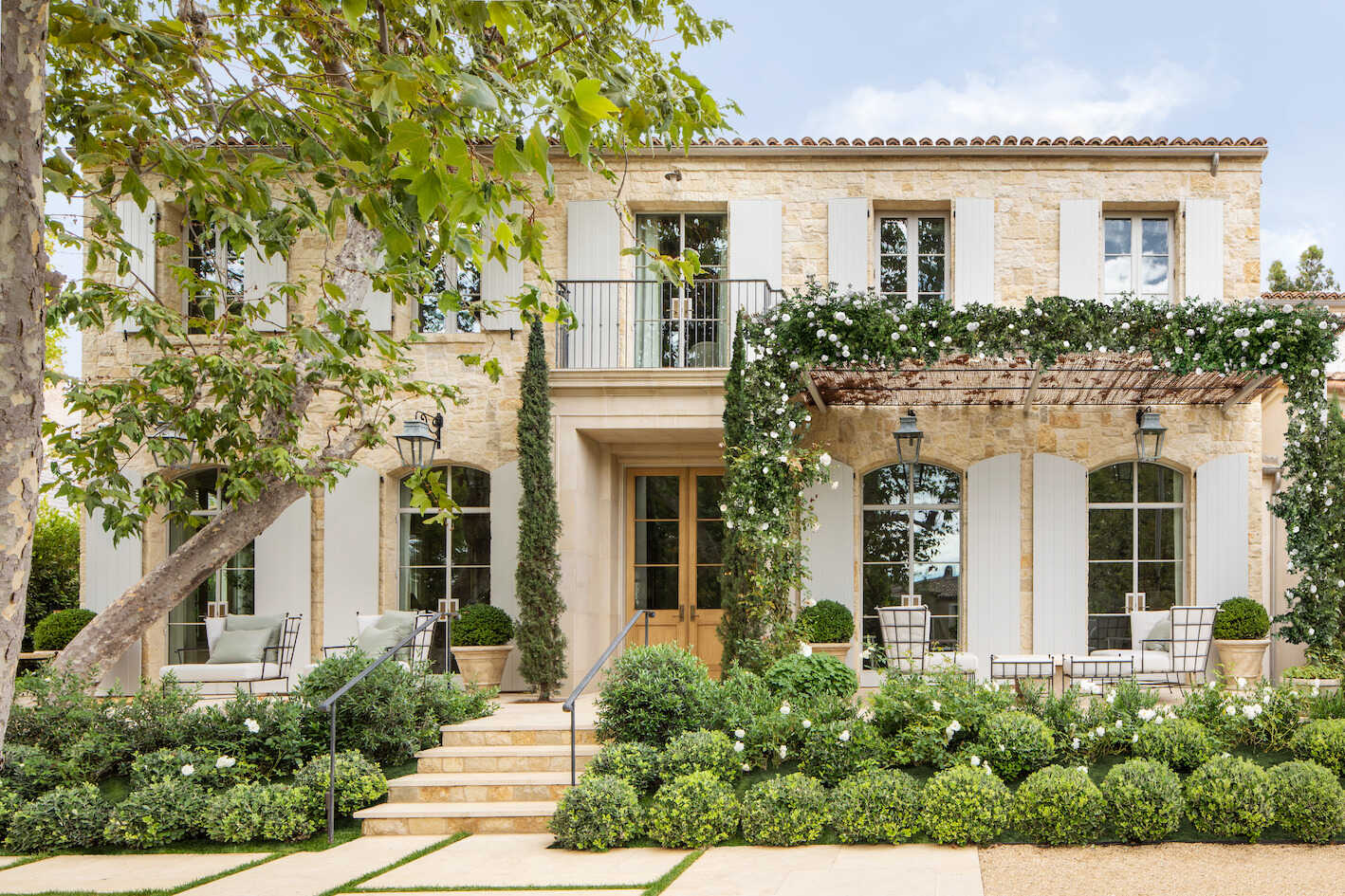
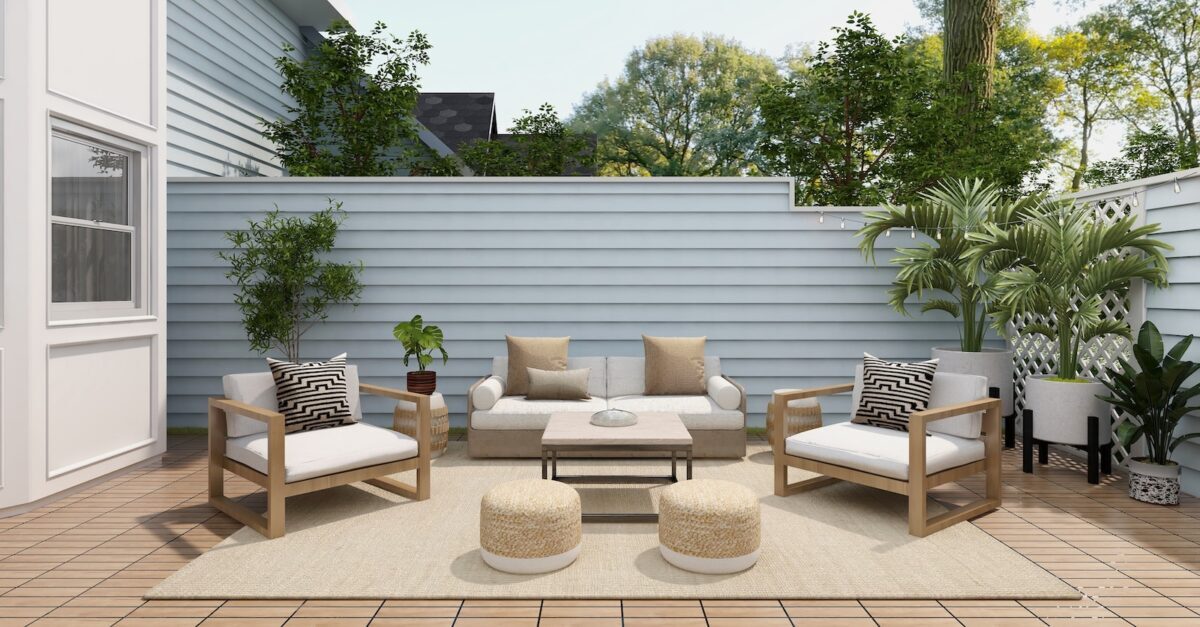
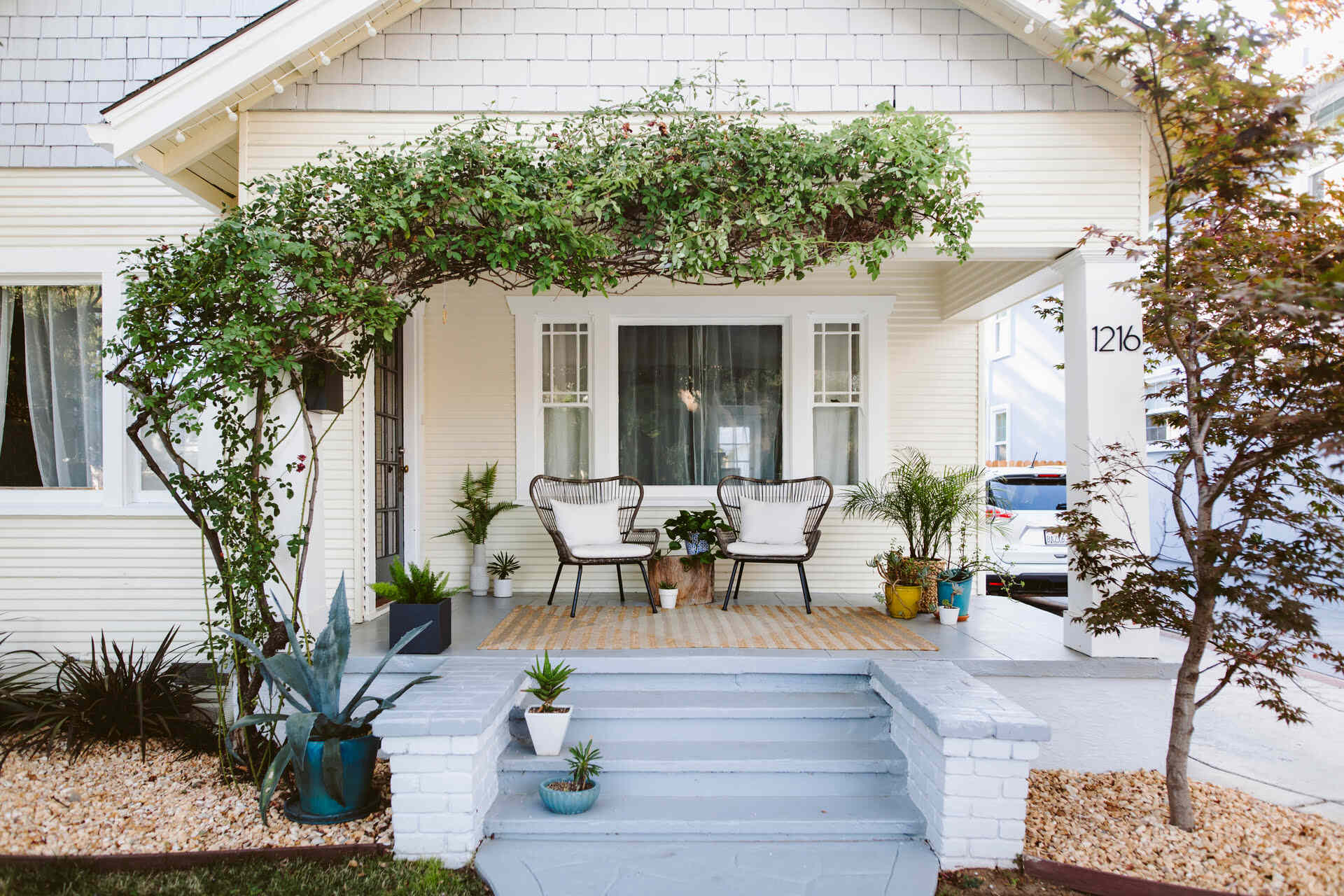
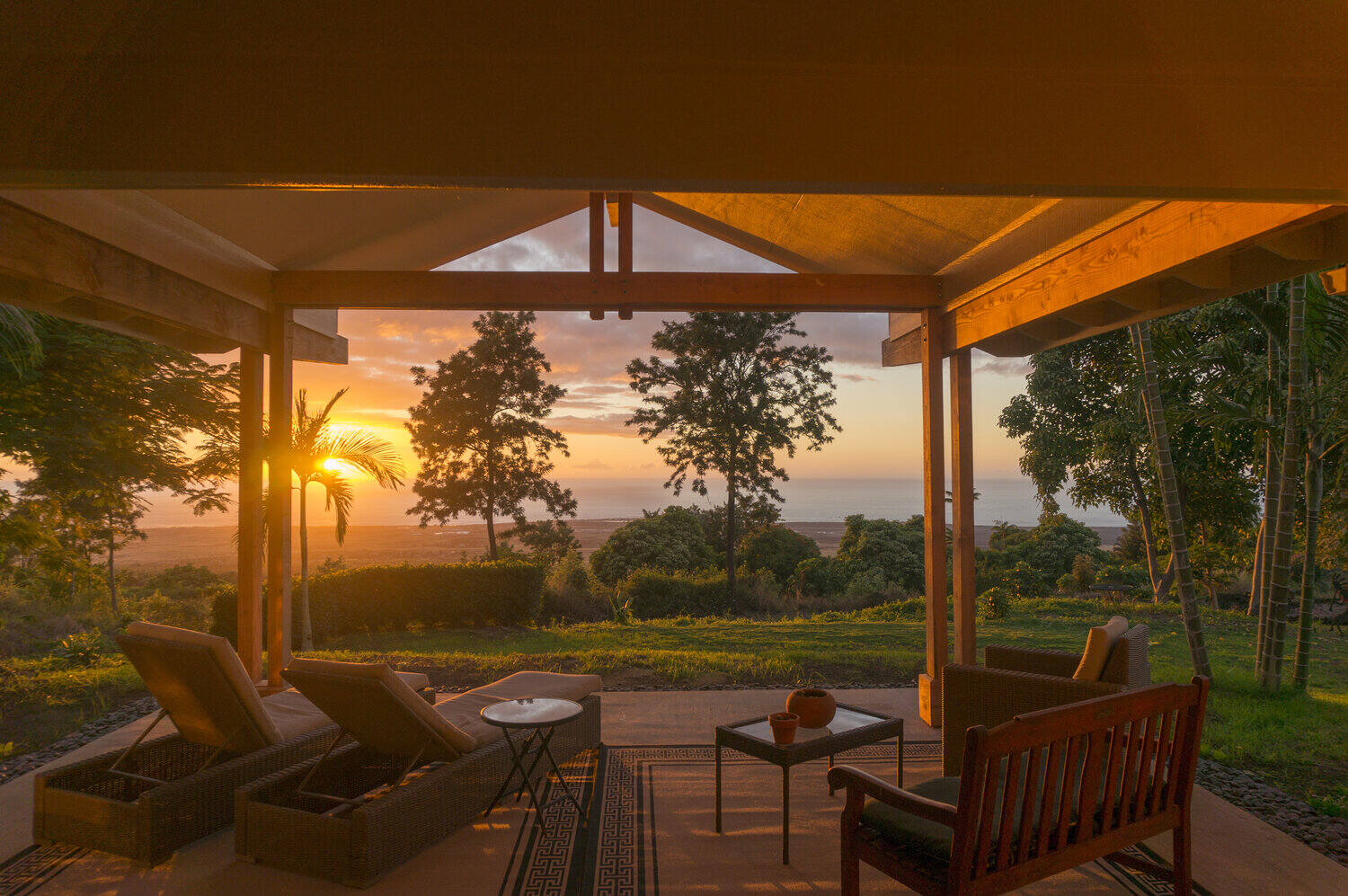
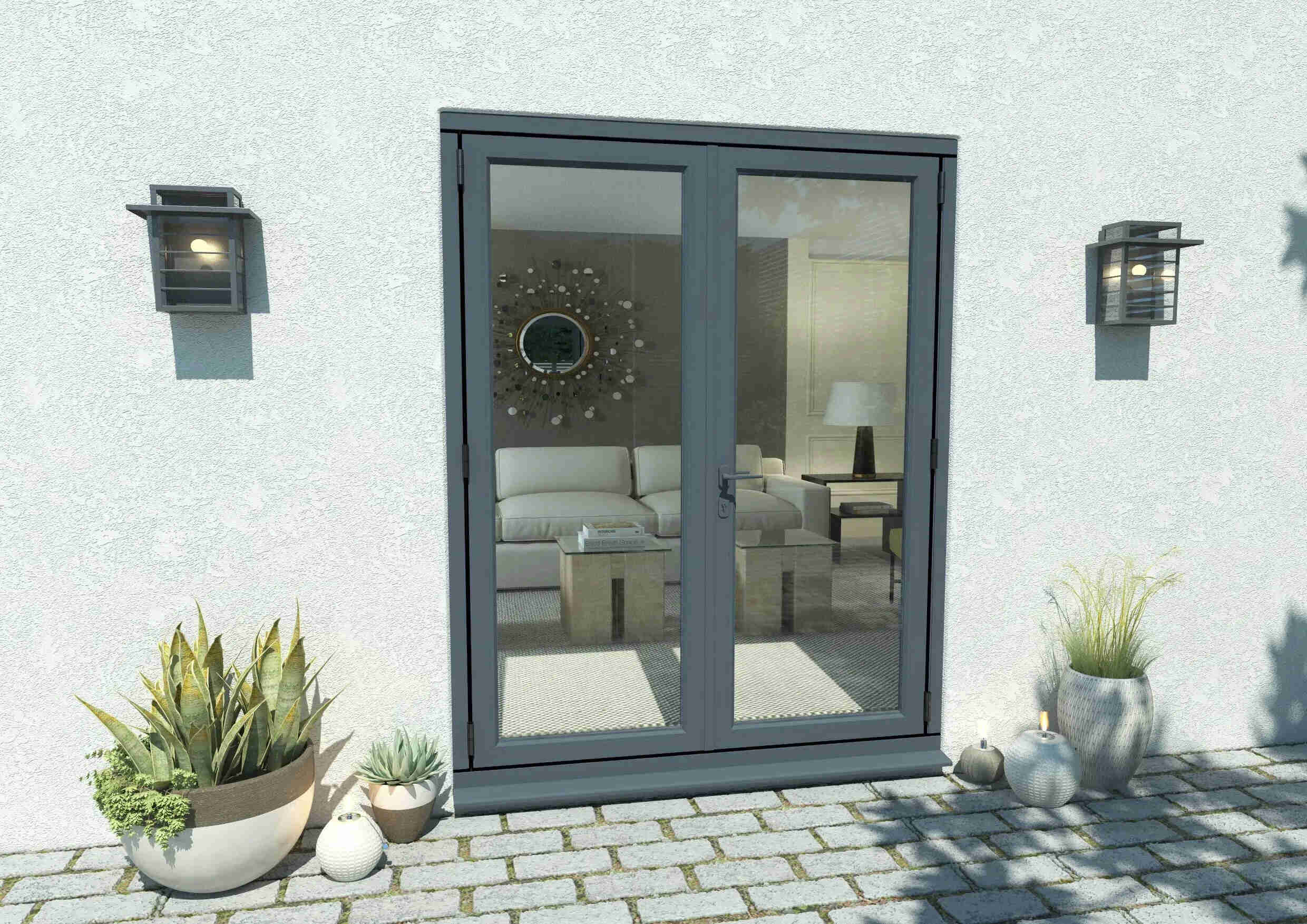




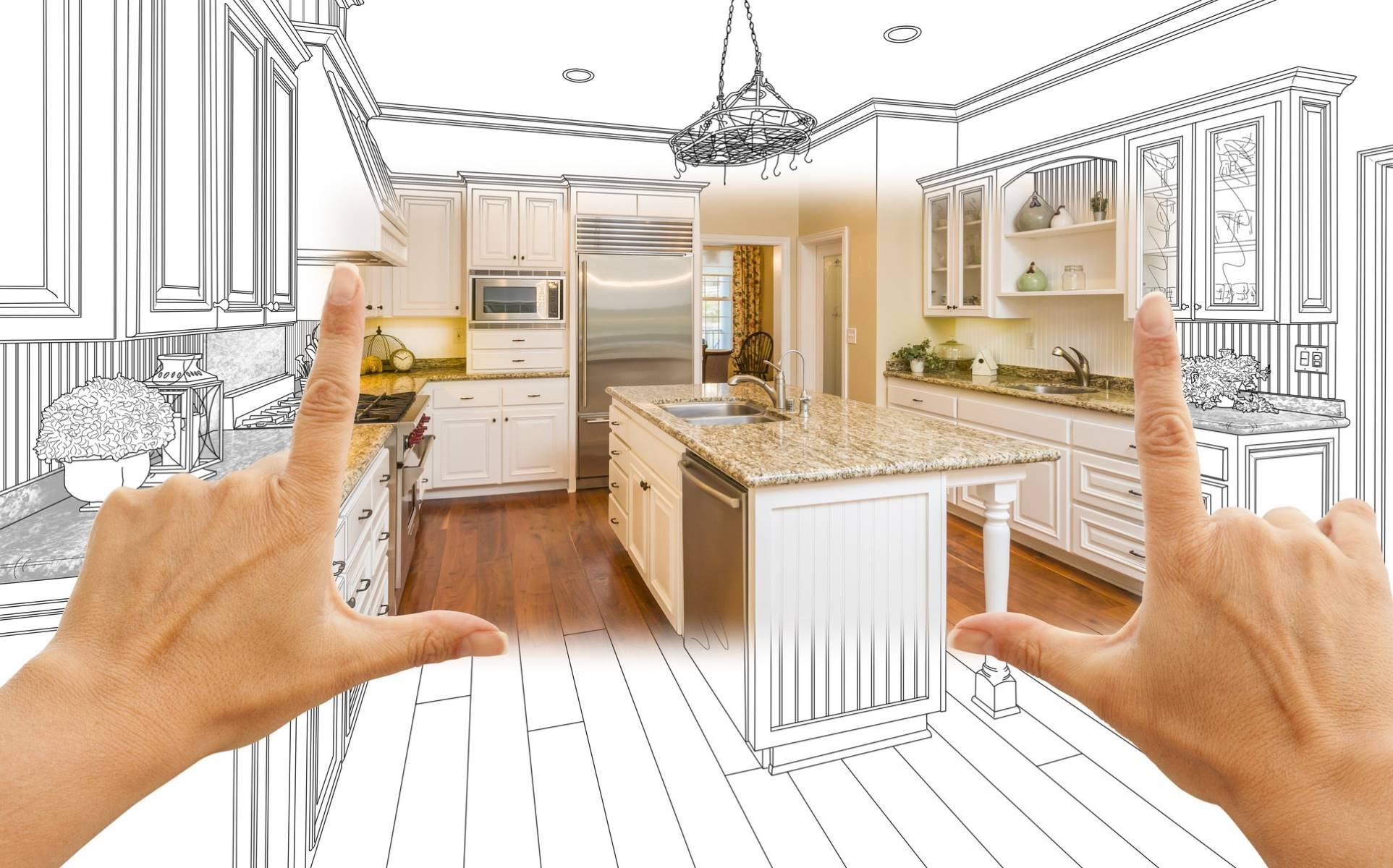

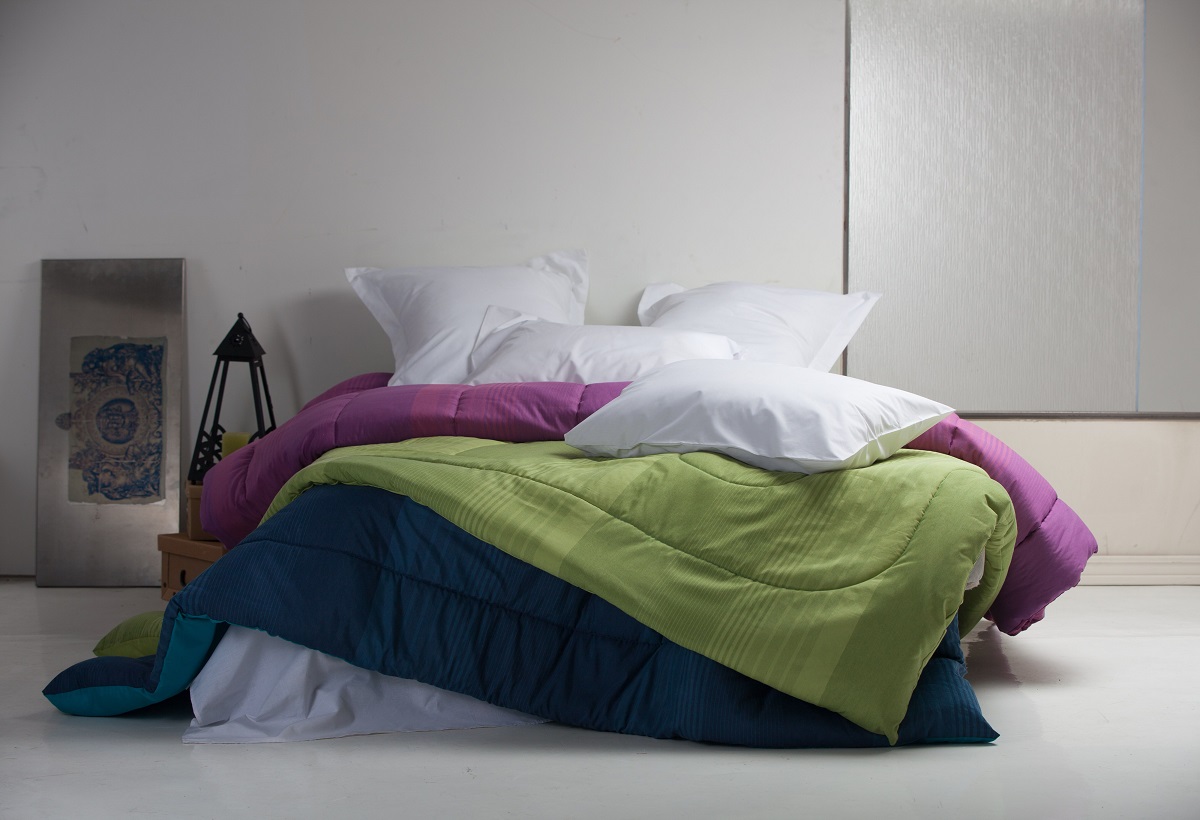

0 thoughts on “What Is The Difference Between A Patio And A Balcony”